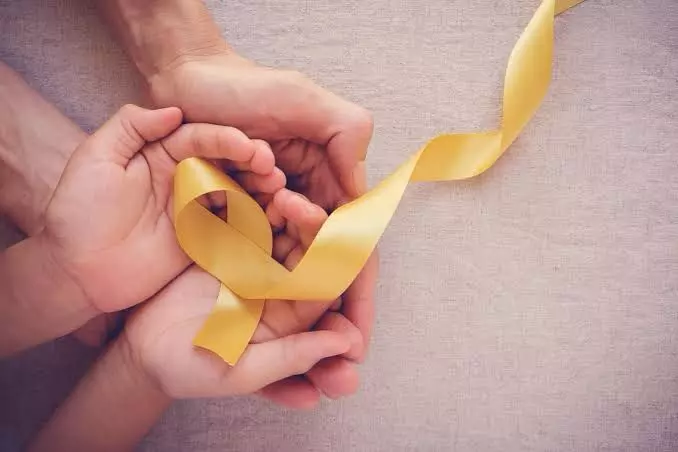Cure rate of childhood cancer is almost 90% in the West, around 50% in India
In developed countries, the cure rate is approximately 90 per cent while in India, it is just around 50 per cent
By Sulogna Mehta
Hyderabad: Consider these statistics. Every year, more than 3 lakh children are diagnosed with cancer globally, while in India, for the same period, almost 50,000 cases of paediatric cancer are recorded.
However, in developed countries, the cure rate is approximately 90 per cent while in India, it is just around 50 per cent.
On the occasion of International Childhood Cancer Day on February 15, Dr Sainath Bhethanabhotla, senior consultant and head department of Medical Oncology, Star Hospitals expressed hope about the positive outcomes of treating paediatric cancer, which has a high rate of cure even though childhood cancers are rare. The doctor elaborated on the types of paediatric cancers, their symptoms, diagnosis, treatment and survival rates.
Cancer in children treatable with early detection
According to the Indian Cancer Society, cancer in children is uncommon and treatable if diagnosed early and treated correctly.
“Every year, more than 3 lakh children are diagnosed with cancer around the world. Every year in India, almost 50,000 new cases of paediatric cancer are diagnosed. This accounts for three per cent of all cancers in India and 20 per cent of all childhood cancers in the world. An estimated 50 to 60 per cent of them succumb to the disease in comparison to 10 per cent in developed countries,” said Dr Sainath.
Prioritise constant monitoring of child’s health
The most common cancers in children are blood cancers, acute leukaemia being the most common, followed by brain tumours, bone tumours, soft tissue sarcomas, liver tumours, and renal tumours. They are biologically different from the cancers that occur in adults. Hence, they behave differently, and the outcome also varies.
Many cancers in children are discovered early, either by the child’s doctor or by parents or family members. However, tumours in children might be difficult to detect at first since the symptoms are sometimes similar to those of more common illnesses or traumas.
Children frequently feel sick or have bumps and bruises, which might hide the early signs of cancer. Childhood cancer is not frequent, but it’s crucial to have your child tested by a doctor if they have strange signs or symptoms that do not go away, such as malaise or a general feeling of uneasiness, fever, swellings in the neck, headache, persistent uncontrolled vomiting, seizures, persistent non-resolving earache, any soft tissue mass in the body and persistent bone pain.
Diagnosis: Biopsy, CT scans
Any cancer diagnosis requires tissue characterisation. It could be a biopsy for solid tumours or flow cytometry for blood cancers. Solid tumours are also staged using CT scans or PET scans before deciding on the best treatment regimen.
In some tumours, molecular studies on biopsy specimens or blood help to determine the appropriate amount of treatment for the child to improve treatment efficacy while reducing long-term negative effects.
Treatment: Chemotherapy, surgery
Chemotherapy is used to treat blood cancers and the response and cure rates are quite positive. Solid tumours, depending on their form and stage, require either multimodality or single-modality treatment. These modes of treatment include surgery, radiation, and chemotherapy.
Social stigma, financial constraints impact treatment
“Most children with cancer have good outcomes. In developed countries, the cure rate is approximately 90 per cent. But in India, it is almost 50 per cent. The reason for this variation is the late stage of presentation or delayed diagnosis, treatment abandonment, social stigma, and financial limits for treatment completion,” said Dr Sainath.
No preventive vaccination except for HPV
Apart from normal vaccination, the HPV vaccine is recommended for females aged nine to 26 for the prevention of cervical cancer in adulthood. Currently, there is no specialised preventive cancer vaccination for children with malignancies.